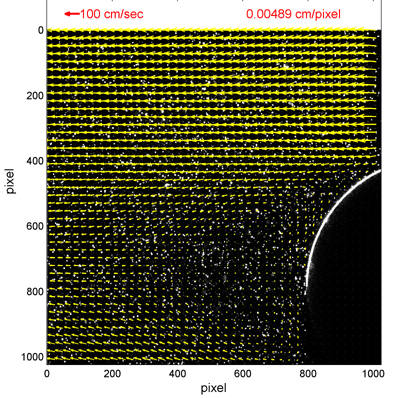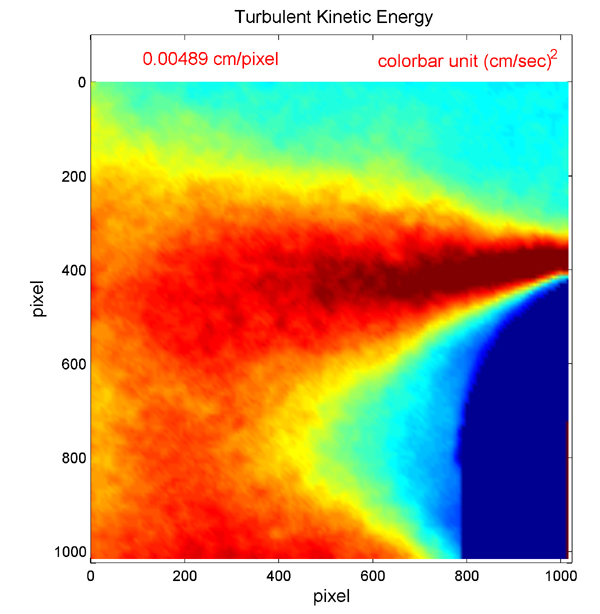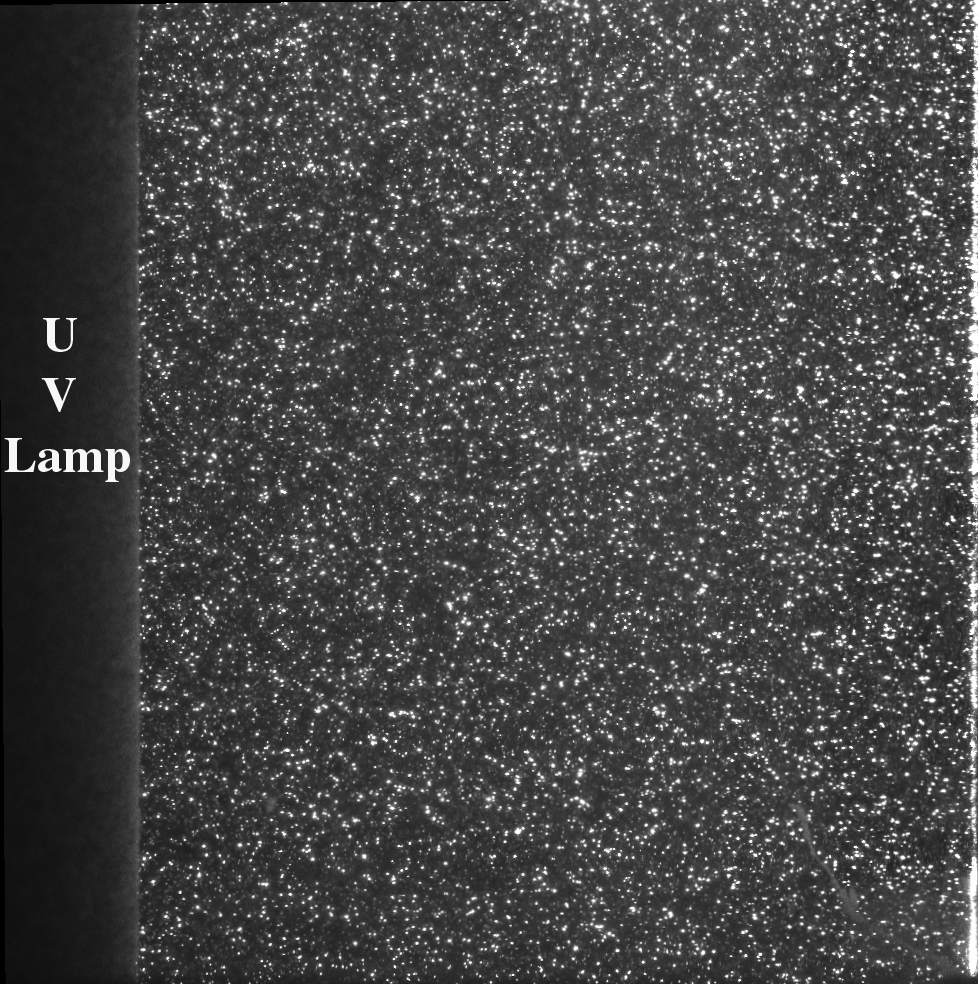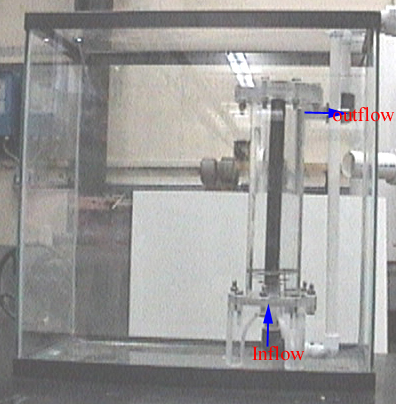Excessive growths of blue-green algae (cyanobacteria) are a common problem in eutrophic (fertile) lakes world-wide. Many blue-green algae species (including non-scum formers) can also produce hepato- or neuro-toxins of health concern to humans and other warm-blooded animals. Thus, beaches and swimming areas on certain shorelines can periodically experience large densities of blue-green algae that are not only unaesthetic, but potentially harmful to human health. In collaboration with City of Madison, Dane County, and Department of Natural Resources, we have tested a variety of devices, called algal scum interceptor, deflector, and exclosure (ASIDE) system, to reduce the presence of algal scums at several public beaches. One of the effective devices is an enclosure at Brittingham Beach and Bernie Beach, Monona Bay; Mendota County Beach on Lake Mendota, and Goodland County Park Beach on Lake Waubesa. The exclosure consists of a flotation collar and full water depth curtain. The full water depth curtain provides a mean to separate the lake water from the inside beach water as to exclude unsafe lake water from contaminating the swimming area. Furthermore, a treatment system is used to pump water inside the swimming area which filters and disinfects beach water using a series sand filter and UV system. The clean, treated water is then returned to the swimming area while algae and other unwanted materials are backwashed based on system pressures to the sanitary sewer. Results can be seen at report here. To provide real-time information and test its effectiveness, a Real Time Water Imaging System (RTWIS) has been developed. Success of the new treatment system can refer to local media or news.
Exclosure device for Brittingham Beach A water treatment system - filters and UV disinfection reactor
Water disinfection using UV irradiation has emerged in the past years as a good alternative due to growing concerns with chlorinated by-products and safety of measuring chlorination. It is known that the performance of UV reactors is determined by distribution of UV dose, defined as the product of hydraulic residence time and light irradiance intensity. However, information for hydraulic residence time for evaluating hydraulic performance of UV reactors are limited. In this project a real time 2D digital particle image velocimetry is used to measure velocity distribution in two UV reactors, UV-SWIFT and UV-MAX. Turbulence, Reynolds stresses, dissipation, and vorticity at the regions of the wall of the reactor and the near-far fields of the UV lamps are characterized for the purpose of calibrating and verifying the models of UV reactors. We are currently working on characterization of mixing and 3D turbulent motions using laser-induced flow visualization and 3D particle image velocimetery. In addition, a flunet CFD software is used to examine irradiation efficicay of UV disinfection process




Raw
image
Velocity and
Vorticity
UV-MAX
Sponsor:
AWWARF
City of Madison, WI
Dane County Land and Water Resources Department
NOAA-Ocean and Human Health
North Carolina State University,
Trojan Technologies Inc.
Wisconsin Hilldale Faculty/Undergraduate
Research Fellowships
Wisconsin Department of Natural Resources
Status: Active
Student Investigators: John Reimer (PhD)
Graduated:
Adam Bechle (PhD), Doo-Yong Choi (PhD), Aifeng Yao
(PhD), Alex Campbell (MS), Nikki Mohapp
(Undergraduate)
Collaborators:
Professor Joel
Ducoste, North Carolina State University
Dr. Kirsti
K. Sorsa, Department of Public Health of Madison and
Dane County
Dr. Richard
"Dick"
Lathrop at Center of Limnology and WDNR,
UW-Madison
Mr. Kevin
Connors, Formal Director, Dane County
Land & Water Resources
Mr.
Greg Fries, City of Madison, Wisconsin
- Reimer, J.R., Wu, C.H., and Sorsa, K.K., Water
Exclosure Treatment System (WETS): An innovative device
for minimizing beach closures, Science of the Total
Environment, 625,
809-818 , 2018.
- Bechle, A.J., Campbell, A.J., Wu, C.H., Real-Time Water Imaging System (RTWIS): A Ground-based Water Quality Monitoring Tool, Best Student Platform Award , AWRA, 2015.
- Lathrop, R.C., Reimer, J.R., Sorsa, K.K., Steinhorst,
G.M., Wu, C.H..
Madison's lake beaches - results of a three-year pilot
study, Lakeline,
33(3), 31-38, 2013
- Liu,D., Wu, C.H., Linden, K., and Ducoste, J.,
Numerical simulation of UV disinfection reactors:
evaluation and alternative turbulence models, Applied
Mathematical Modelling, 31(9),1753-1769,
2007.